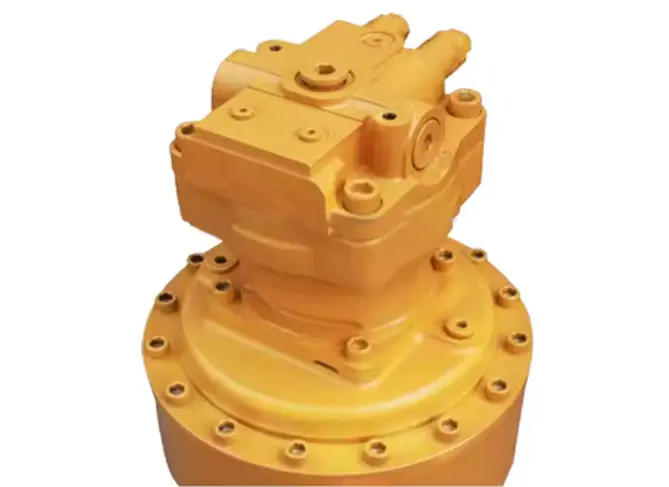
The hydraulic motor is at the heart of the swing motor assembly, responsible for converting hydraulic energy into mechanical rotational energy. It operates based on the principle of fluid pressure acting on the motor's internal components. When pressurized hydraulic fluid enters the motor, it forces the rotor or gears (depending on the motor type, like gear motors or piston motors) to turn.
The reduction gearbox in the swing motor assembly plays a crucial role in torque multiplication. It consists of a set of gears with different sizes and tooth counts, arranged in a specific configuration. When the rotational output from the hydraulic motor enters the gearbox, the gears work together to reduce the rotational speed while increasing the torque.
The swing motor allows heavy equipment to achieve 360-degree rotation of the upper structure. In an excavator, for example, this means the operator can dig, load, and dump materials without having to reposition the entire machine constantly.
Swing motors facilitate the execution of multiple tasks within a single work cycle. In an excavator, after digging a load of soil, the swing motor enables the operator to rotate the bucket quickly to the loading area, such as a dump truck.
One of the most important functions of the swing motor is to ensure stable rotation of the heavy equipment's upper structure when handling loads. In a crane, for example, when lifting a heavy load, the swing motor must provide a consistent and controlled rotation to position the load accurately.

